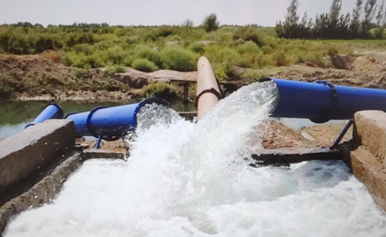Sewage Disposal (Andijan machine building institute, Andijan)


Sewage disposal refers to the process of collecting, treating, and safely disposing of waste materials from homes, industries, and other establishments. It typically involves several key steps:
Key Steps in Sewage Disposal
- Collection: Wastewater from toilets, sinks, showers, and industrial sources is collected through a network of pipes, known as a sewer system, and directed to a treatment facility.
- Preliminary Treatment: Large debris, like sticks, stones, and other solids, are removed through screening and sedimentation processes.
- Primary Treatment: In this stage, suspended solids settle out of the wastewater in large tanks called clarifiers or sedimentation basins. Oils and grease are also removed.
- Secondary Treatment: The remaining organic matter is broken down by bacteria in biological treatment processes like activated sludge systems, trickling filters, or biofilters. The goal is to reduce the organic content in the sewage.
- Tertiary Treatment: Further purification may occur here to remove nutrients like nitrogen and phosphorus, which can cause environmental damage if discharged untreated. This stage may also include disinfection using chlorine, ultraviolet light, or ozone to kill harmful pathogens.
- Sludge Treatment: Solid waste (sludge) generated during the treatment is further processed through methods like digestion, thickening, and dewatering. This sludge may be incinerated, used as fertilizer, or disposed of in landfills.
- Disposal: The treated water (effluent) is discharged into rivers, lakes, or oceans, or reused for purposes like irrigation or industrial processes.
Proper sewage disposal is crucial for protecting public health, preventing environmental pollution, and preserving clean water resources.
